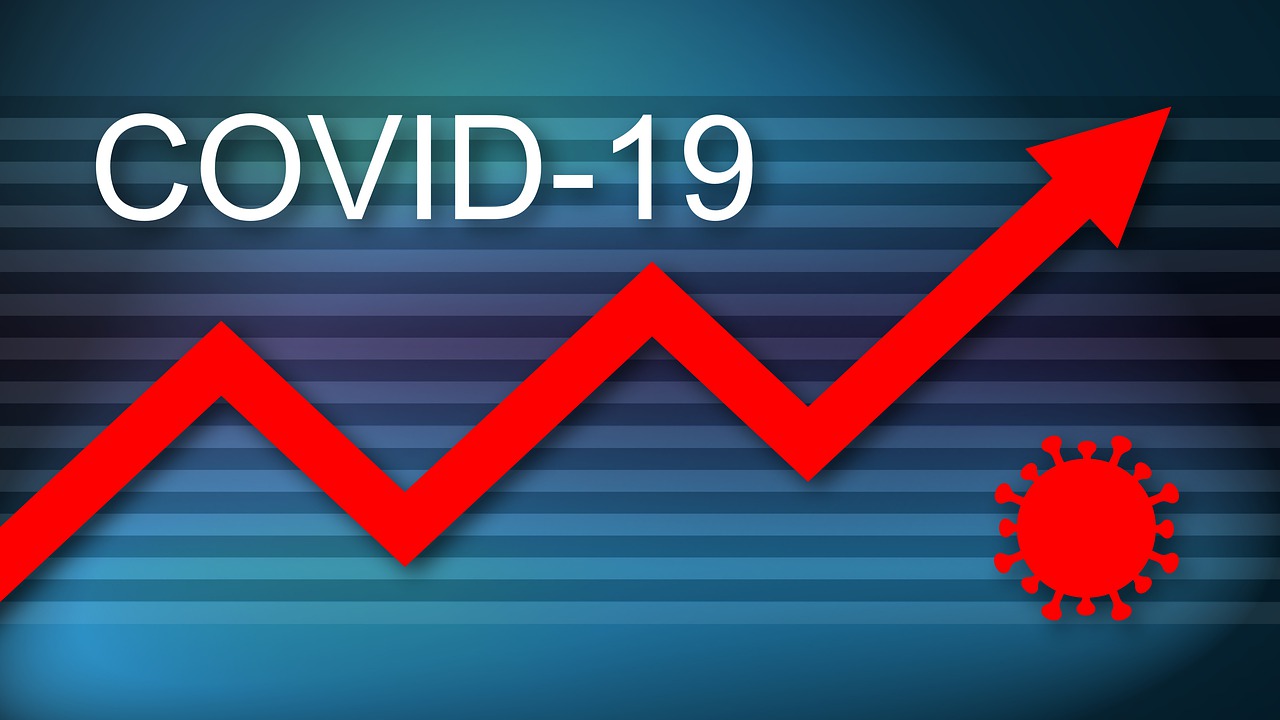
Te Whanganui-a-Tara – New Zealand consumer confidence has plummeted according to the latest the ANZ-Roy Morgan Index.
But it is not surprising considering the global health crisis.
The index number fell seven to 98 in October, well under its long-term average of just shy of 120. Both perceptions of current purchasing conditions and expectations are down sharply.
Inflation expectations rose more than 1 percent to 6.2 percent. House price inflation expectations lifted from 6.1 percent to 6.7 percent.
Households have been pretty smart about inflation in the past 18 months, and what they think matters hugely for both firms’ pricing power and wage negotiations.
Key highlights of the latest index are:
- Perceptions of current financial situations fell 10 points to -3 percent.
- A net 20 percent expect to be better off this time next year, down 4.
- A net 7 percent think it is a bad time to buy a major household item, unchanged and showing last month’s 20-point plummet was not a rogue outturn.
- Perceptions regarding the next year’s economic outlook fell 12 points to -25 percent. The five-year outlook fell 8 points to +4 percent.
- House price inflation expectations lifted 0.6 percent pts to 6.7 percent. They rose most in Wellington, while the only region to fall was Auckland.
- CPI inflation expectations soared from 5.1 percent to 6.2 percent, likely influenced by media coverage around the CPI outturn.
Households’ response to whether it was a good time to buy a major household item failed to rebound from its plunge in September.
Some of this may be lockdown impacts, but in the past two months there’s been a sharp drop everywhere but Wellington.
Four potential causes could be inflation, mortgage rate rises, covid uncertainty and supply shortages. Whatever the cause, this series will be key to watch for gauging momentum in the economy as the year progresses.
The fall was particularly large for young adults, on par with the fall in the first lockdown last year.
Younger adults tend to have lower incomes and therefore be more exposed to rises in the prices of necessities – but they’re also less exposed to increases in mortgage rates.



